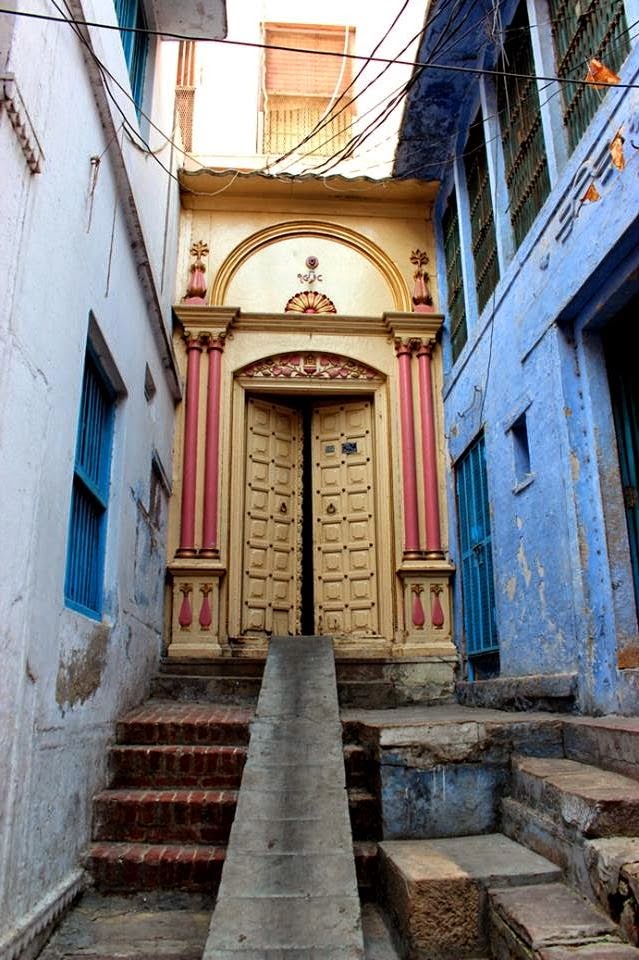Gujarat is home to many tribal societies. The Bhils, Choudharies, Dhodias, Konkanas, Halpatis, Garasias etc. follow the custom of offering a 'ghodo' or horse to the gods, on sucessful completion of a milestone, or for prayers answered, or to appease a spirit.
This custom is seen especially in the Surat district, the Chhotaudaipur area, and the Poshina belt of the Sabarkantha area.
In the tribal culture, each object has a spirit or essence which may be benevolent or malevolent. Daily occurrences, both good and bad, are often attributed to such spirits. The appeasement of these spirits is sometimes an annual feature or festival, or in some cases, it is based on a specific situation, for example, if a child falls ill, it may be attributed to a spirit. Tribal custom often requires the sacrifice of an animal or bird for such occassions, but these are often too expensive, so these terracotta offerings are used as a substitute.
Apart from horses, there is also the custom of keeping other things, such as elephants, cows, birds, pots, human figurines etc. There is a wide range, depending on the skill of the craftsman in each tribe's area.
Such offerings - especially dome-shaped figures called dhabu - are also kept near the graves of departed ancestors, in the belief that they will be useful in the afterlife. Offerings can be very small in size, or sometimes large and life-size.
The process of making the offering is also quite elaborate. First, the family decides that they want to make the offering. Then they contact the kumhar (potter community) to discuss the design, type of offering and the cost. It is not necessary that the potter is in the same villlage or neighbourhood, so people may travel to nearby areas to seek out the potter.
Once the offering is ready, a band is arranged, and with music playing the procession goes to the potter's house to collect the offering. Certain songs are also sung for these types of occassions. Payment is made to the potter (sometimes cash, sometimes in food or other articles).
Along with the terracotta offering, the family proceeds to the shrine. They make an offering of fowl, rice, coconuts, local liquor etc at the shrine. For
larger occassions, the larger community may also be invited and given a
feast.
Many practices of the tribal cultures of Gujarat have been assimilated into mainstream Hinduism. Similarly, many mainstream Hindu practices are now found in tribal societies. The propitiation and veneration of spirits residing in trees, rivers etc, the prayers to snake-gods, various animal and bird gods, are found both in tribal societies and mainstream Hinduism.























